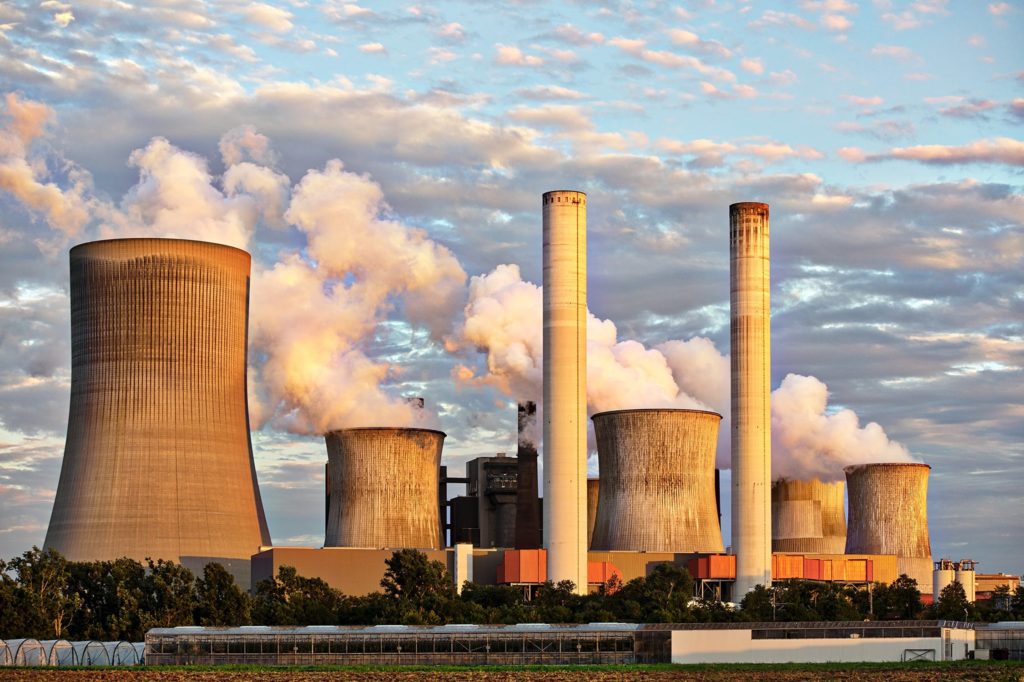Air Pollution: The Causes, Issues and Solutions
Dr. Gary Robertshaw
November 2019
According to a study by the Department for Environment Food & Rural Affairs (Defra) into UK air pollution ‘chronic exposure to PM (air pollution particles) contributes to the risk of developing cardiovascular diseases and lung cancer’. As well as this it can ‘either have a cooling or a warming effect on climate’ and it ‘also has a key role in the ecosystem impacts of air pollution.’
While this study also points out that there has ‘been a long term decrease in the emissions of all the pollutants covered by this statistical release’, the unfortunate reality is there are still significant amounts of pollutants within the UK’s air. Furthermore, the worldwide situation according to the World Health Organisation is particularly shocking with estimates revealing that one in eight of total global deaths were as a result of air pollution exposure.
It almost goes without saying really but something needs to be done to help improve the quality of the world’s air and indeed the quality of life for those affected. In this post we examine just what air pollution is, what the common causes of it are and look at any potential ecologically-friendly solutions to this global problem.
Air Pollution Explained
Air pollution is essentially when the atmosphere is contaminated by different agents, be it from a physical, chemical or perhaps biological alteration. These contaminants then make the otherwise clean air dangerous to breathe and harmful to plants, humans and animals alike. The causes of these agents can be both because of human action but also from natural causes.
A few examples of pollutants are carbon monoxide, sulphur dioxide, nitrogen oxide, lead and organic compounds.
The Effects of Air Pollution
As aforementioned in the Defra study, the negative effects are the damaging impacts on human health, plant and animal life and the increase in the rate in global warming. Other problems that this can cause includes damage to the planet’s protective ozone layer, which we need to stop UV rays. What’s more when these contaminants get into the atmosphere they can mix with water droplets and fall as acid rain; again causing damage.
Common Causes
Some of the common causes of air pollution really should come as no surprise, these include:
- The burning of fossil fuels in industry, fuels for transportation and the creation of gas and electricity
- Chemical emissions from other industries
Other causes which might not be as widely-known include:
- Using everyday items like deodorants and other household goods like cleaning products, paints and also smoke from fireplaces.
- Pesticides and other chemicals used by farmers to protect crops
Potential Solutions?
Some of the straightforward, and ultimately environmentally-friendly, ways you can help limit the amount of air pollution created involve:
- Using your vehicle less and reducing the amount of gas and electricity you use at home
- Involving yourself in recycling programmes
Aside from simply doing your part to cut back your personal consumption of fossil fuels, other solutions to air pollution can be found on a larger, and arguably more significant level. Both you and businesses alike could choose alternative renewable energy sources such as solar power or investing in wind turbines. Along with this, businesses with high consumption or contaminant output can invest in new, greener machinery or upgrade their systems with emissions controlling technologies.
Whatever your choice what’s important is you act now to help improve the situation not just for you personally, but for the longevity of the planet and for the current and future generations of the human race.



